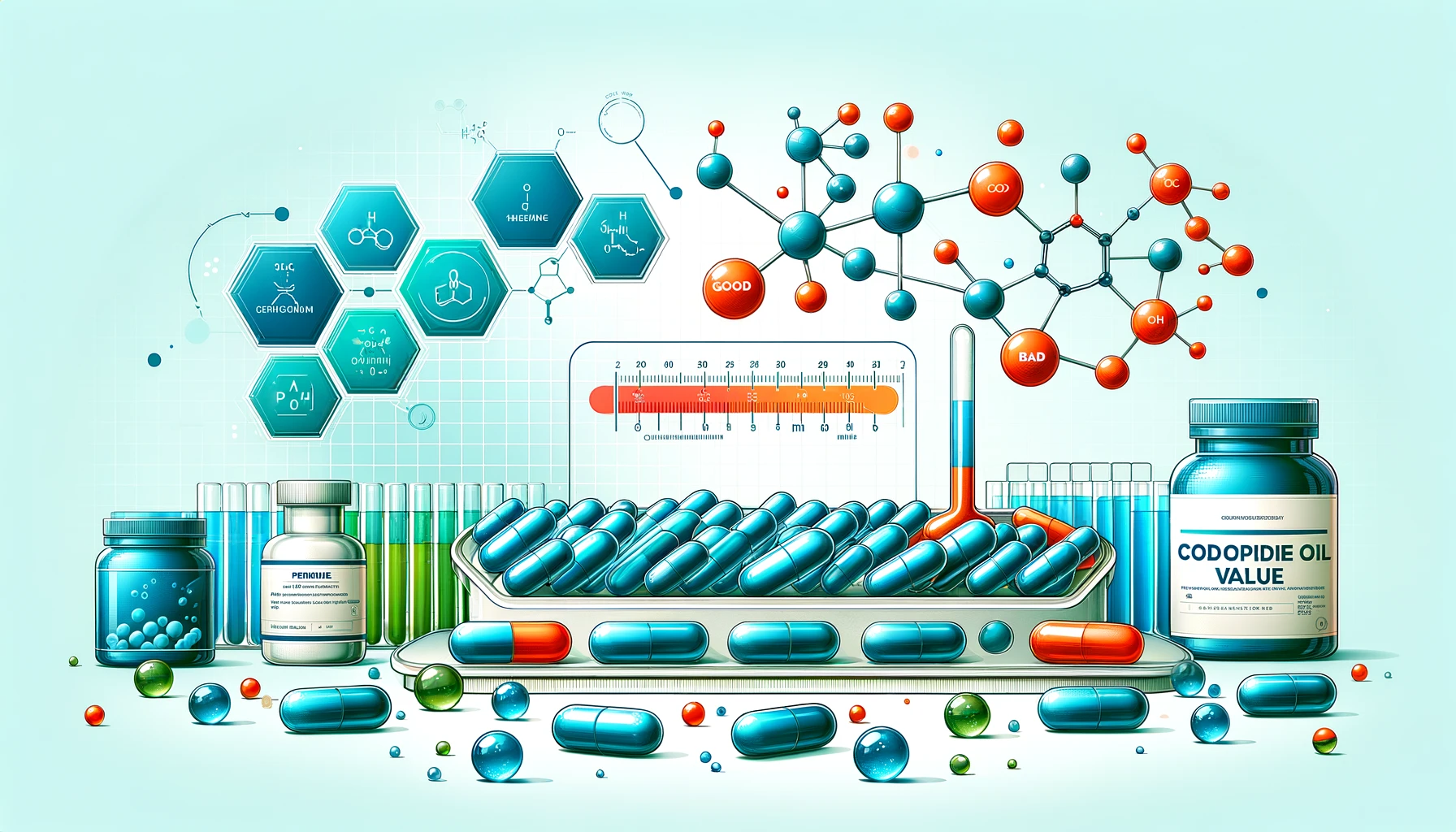
Cod liver oil, a popular dietary supplement, is prized for its high content of omega-3 fatty acids, vitamin A, and vitamin D. However, like all fats and oils, it is susceptible to oxidation, which can compromise its nutritional value and safety. The peroxide value (PV) is a critical indicator used to assess the extent of primary oxidation in oils and fats, including cod liver oil. This article delves into what peroxide value means, its implications for cod liver oil quality, and the regulatory standards for maximum permitted levels.
What is Peroxide Value?
Peroxide value measures the amount of peroxides and hydroperoxides formed during the initial stages of oil oxidation. These compounds are the primary products of oil oxidation, and their presence indicates the oil has begun to deteriorate. The PV is expressed in milliequivalents of oxygen per kilogram of oil (meq O2/kg oil). A higher peroxide value signifies a higher degree of oxidation, implying reduced oil quality and nutritional value.
Impact on Cod Liver Oil Quality
- Nutritional Degradation: Oxidation leads to the breakdown of essential fatty acids, such as EPA and DHA, diminishing the nutritional profile of cod liver oil.
- Safety Concerns: High levels of oxidation products may pose health risks. Certain oxidation compounds are linked to inflammatory responses and other adverse health effects.
- Sensory Deterioration: Oxidized oils can develop unpleasant flavors and odors, making cod liver oil less palatable and potentially affecting its acceptability among consumers.
Maximum Permitted Levels
Regulatory bodies and industry standards have set maximum limits for peroxide values to ensure the safety and quality of dietary oils, including cod liver oil. For instance:
- European Pharmacopoeia (Ph. Eur.): The Ph. Eur. specifies a maximum PV of 10 meq O2/kg oil for fish oils.
- GOED (Global Organization for EPA and DHA Omega-3s): GOED’s standard, which is often adopted by high-quality cod liver oil manufacturers, sets a stricter limit of 5 meq O2/kg oil.
- Codex Alimentarius: Codex standards for edible fats and oils may also apply, with varying limits based on specific product categories.
These standards ensure that cod liver oil products are safe for consumption and retain their beneficial properties. It is important for manufacturers to monitor peroxide values closely and employ appropriate processing and storage techniques to minimize oxidation.
Conclusion
The peroxide value is a vital quality indicator for cod liver oil, reflecting the degree of oxidation and its impact on the oil’s nutritional value, safety, and sensory properties. By adhering to regulatory standards and employing best practices in oil processing and storage, manufacturers can maintain the quality of cod liver oil, ensuring it remains a beneficial dietary supplement for consumers. As consumers, understanding the significance of peroxide value can help in choosing high-quality cod liver oil products that offer the maximum health benefits.